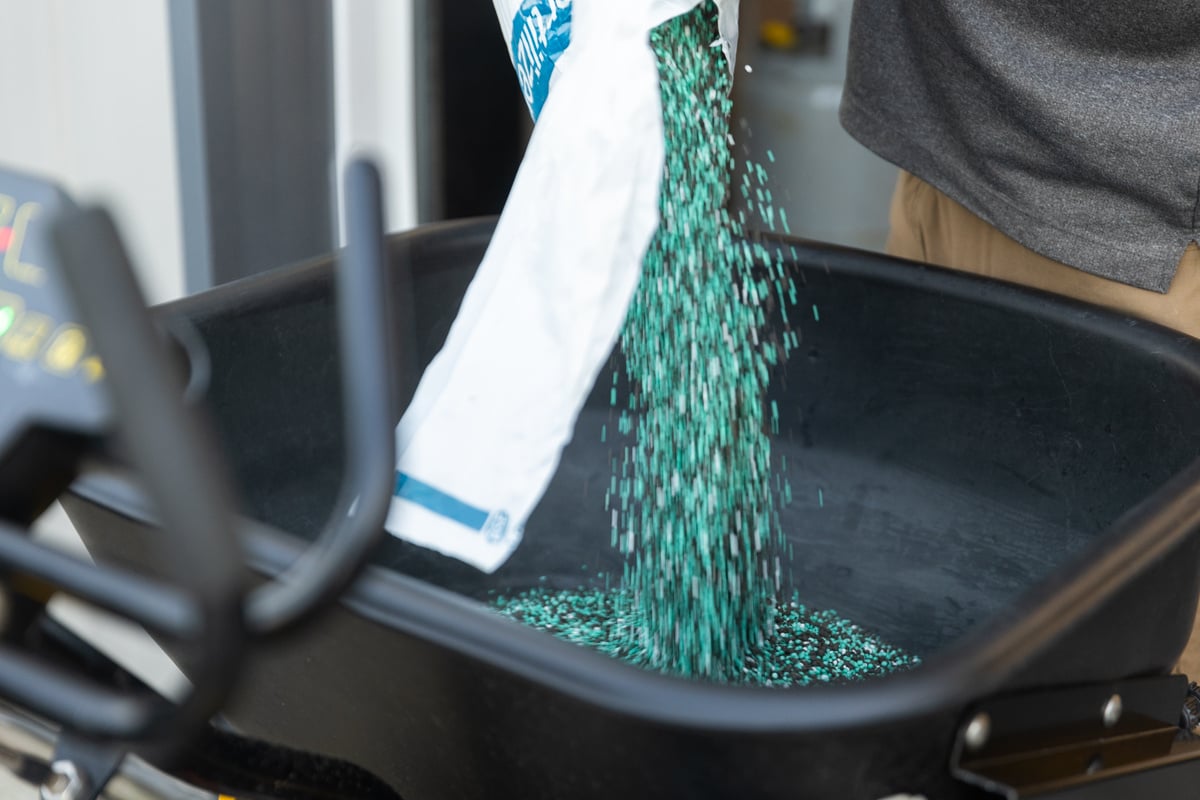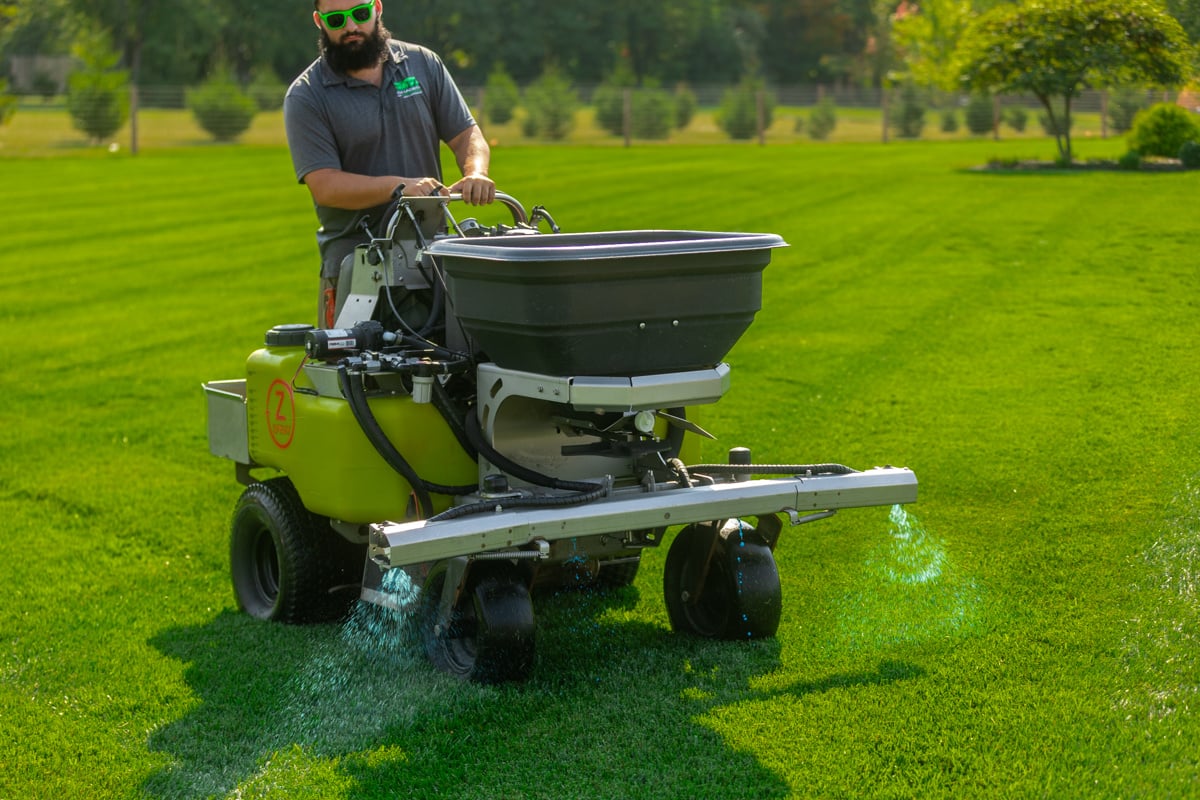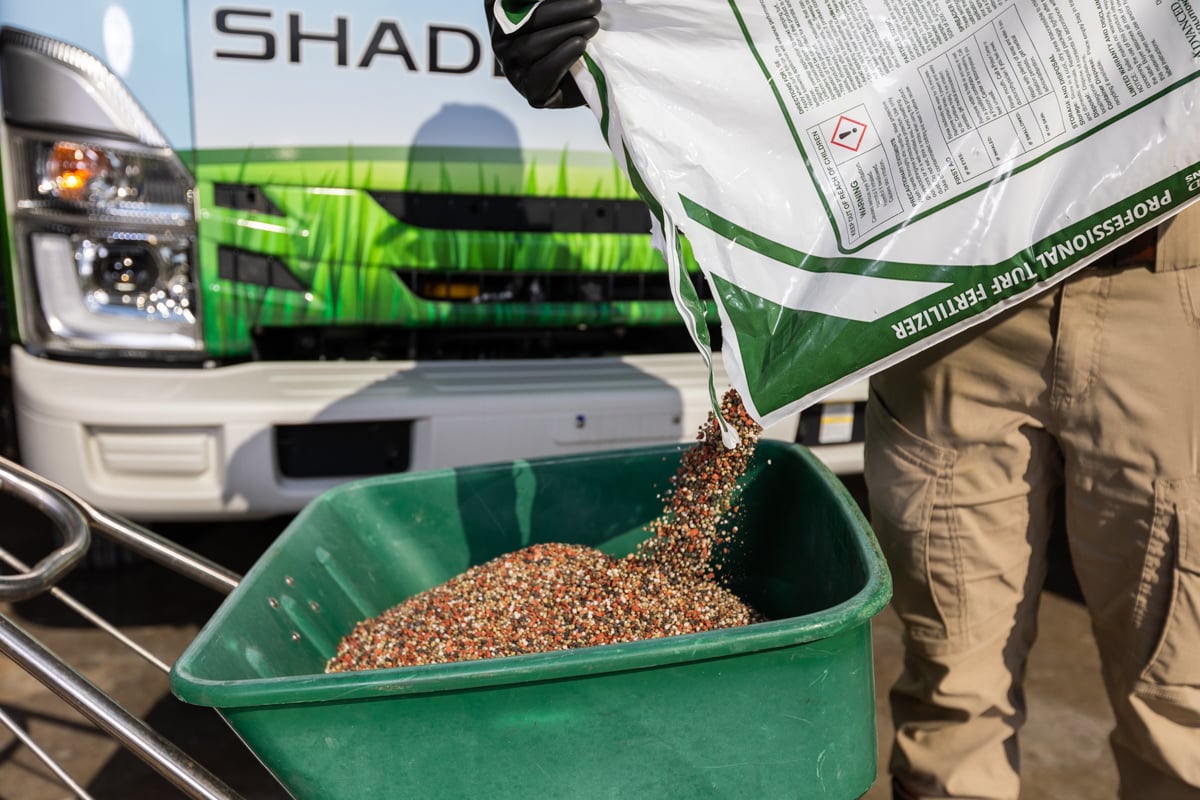

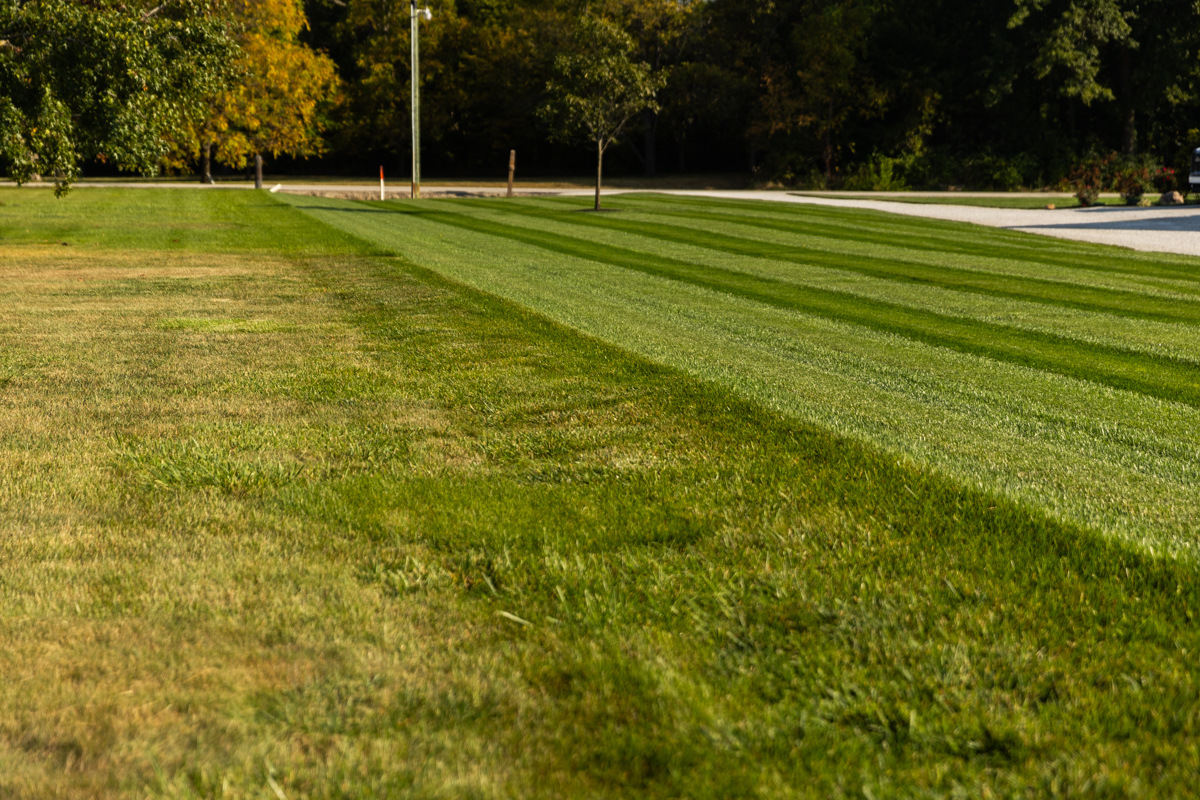

When the air turns crisp and the leaves start to fall, most people stop thinking about their lawns, but that’s exactly when your grass needs you the most! The steps you take (or maybe skip) right now will decide whether your lawn bounces back thick and green in spring or struggles to recover from the harsh Indiana winter.
So, what steps do you need to take for winter lawn prep? It’s all about timing, balance, and knowing what your grass really needs before dormancy sets in. Think nutrients, aeration, protection, and a little proactive weed control.
Let’s explore everything you need to know to keep your lawn healthy through the cold months and ready to shine when spring returns, including:
Why Winter Lawn Prep is Crucial for Indiana Lawns
Winter Lawn Care Tips for Indiana
Mistakes to Avoid for Lawn Care Before Winter
Partnering with a Pro for Winter Lawn Prep
Indiana winters can be tough on lawns. Between freezing temperatures, snow cover, and long stretches without sunlight, your grass in winter faces some serious stress. Without the right preparation, your lawn may come back in the spring looking thin, patchy, and dull instead of lush and green.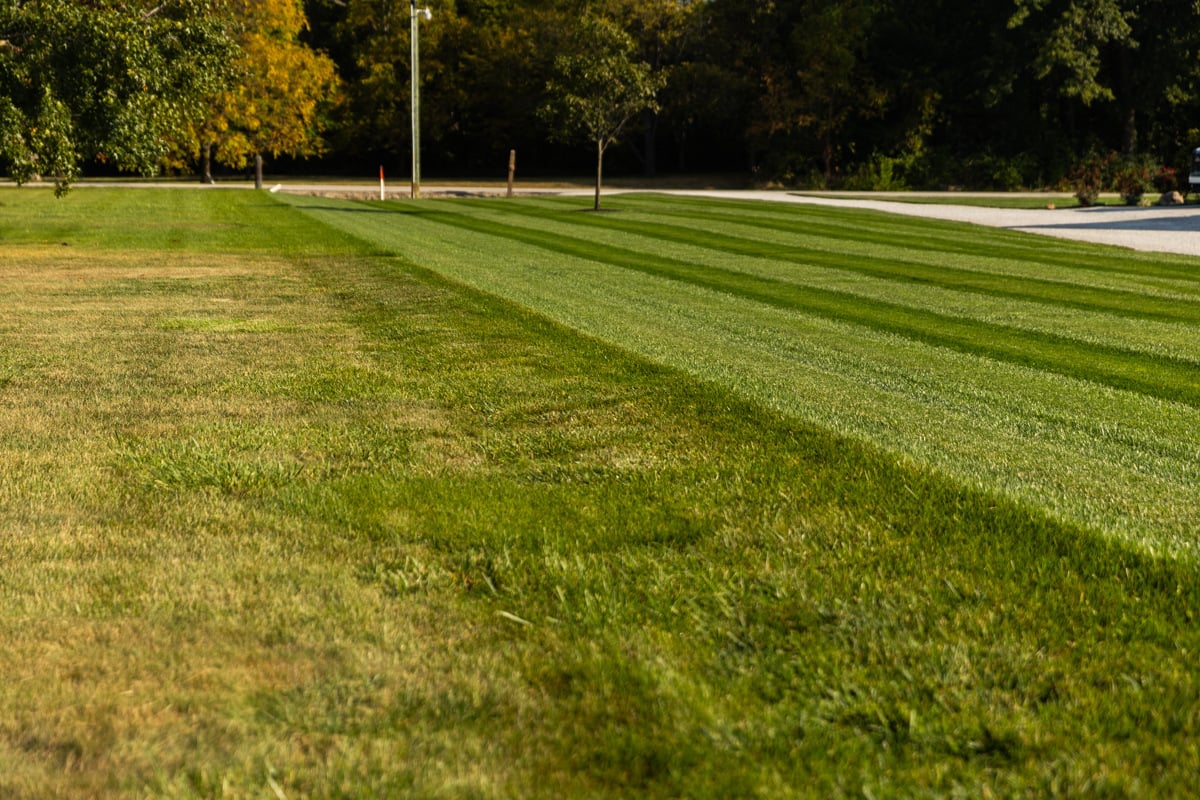
Fall is truly the make-or-break season for your lawn. It’s when roots grow strongest, nutrients are stored up, and the groundwork for next year’s growth is set. Skipping or skimping on fall lawn care means your grass won’t have the reserves it needs to survive the cold months. And once winter hits, there is no way to catch up, and your lawn’s health for the next spring season is all but set in stone.
Even worse, not providing proper lawn care before winter can lead to actual damage. Matted leaves, compacted soil, and weak grass can trap moisture and create the perfect environment for mold, lawn diseases, and even invite pests to settle in over the colder months. These issues don’t disappear after the snow melts. Unfortunately, lack of winter lawn prep can mean lasting scars that take months to repair.
If you are Googling ‘how to prepare lawn for winter’, think of fall as your last chance to refuel before the cold sets in. The right steps now can make all the difference once spring returns. The fall season is so important, we wrote an entire blog with five detailed steps that will help you prepare before the snow hits.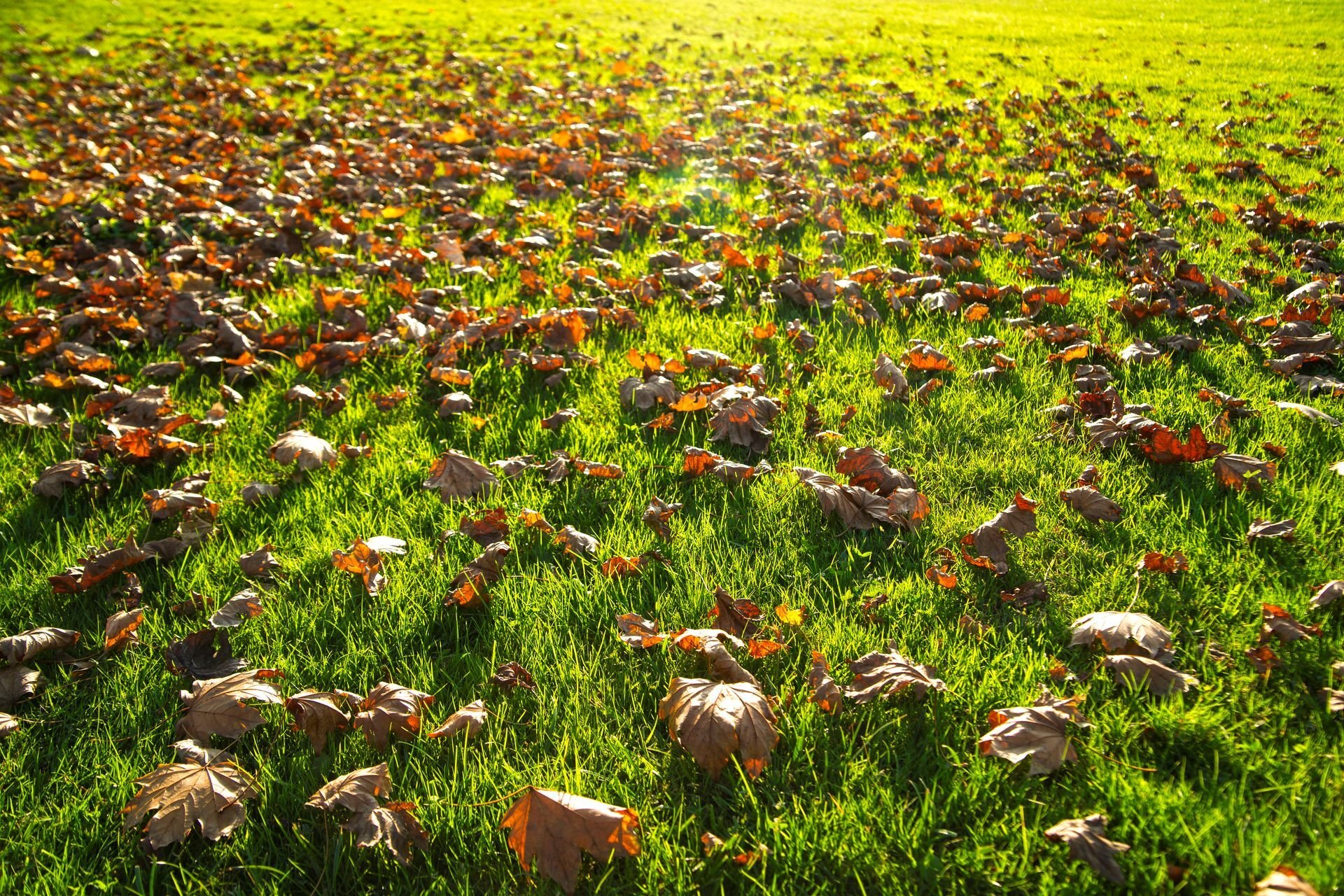
Fall is also the ideal time for aeration and overseeding, since soil conditions and temperatures support healthy root growth. And if you have battled weeds this year, don’t skip broadleaf weed control. Fall treatments are especially effective because weeds are actively storing nutrients for winter, allowing the weed killer to dive deeper into the roots.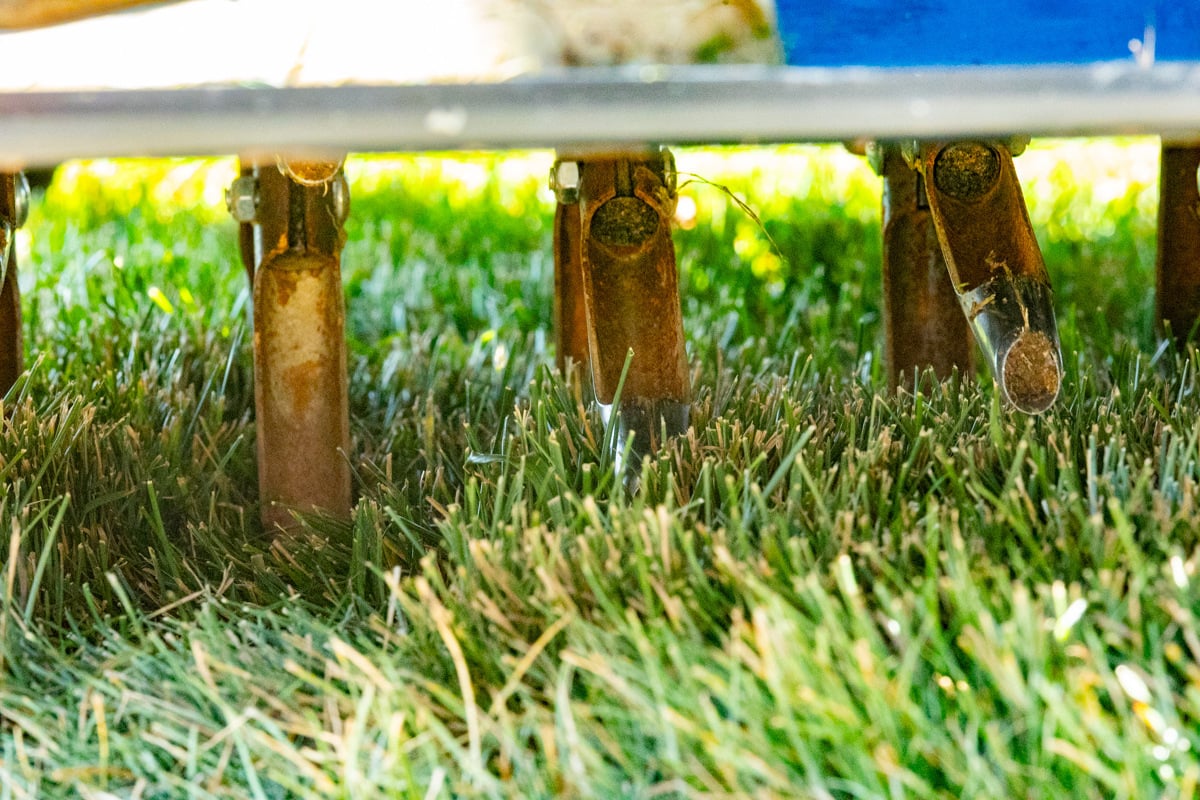
One of the simplest ways to protect your lawn during the winter is to stay off it as much as possible. When your grass is frozen or covered in frost, the blades become brittle and can easily snap under pressure. Repeated foot traffic compacts the soil and damages the crown of the grass, which can make it hard for the lawn to bounce back in the spring. If you need to cross your yard frequently, try to stick to sidewalks or create a temporary path to limit damage.
During winter, it is also common to wonder if your grass is dead or just dormant. Dormant grass is still alive. It has simply just gone into a natural resting phase to conserve energy until warmer weather returns. You can tell your lawn is dormant and not dead if:
Dead grass, on the other hand, often appears patchy, gray, or straw-like, and it pulls up easily from the soil. If you are unsure, wait until mid-spring before taking any action.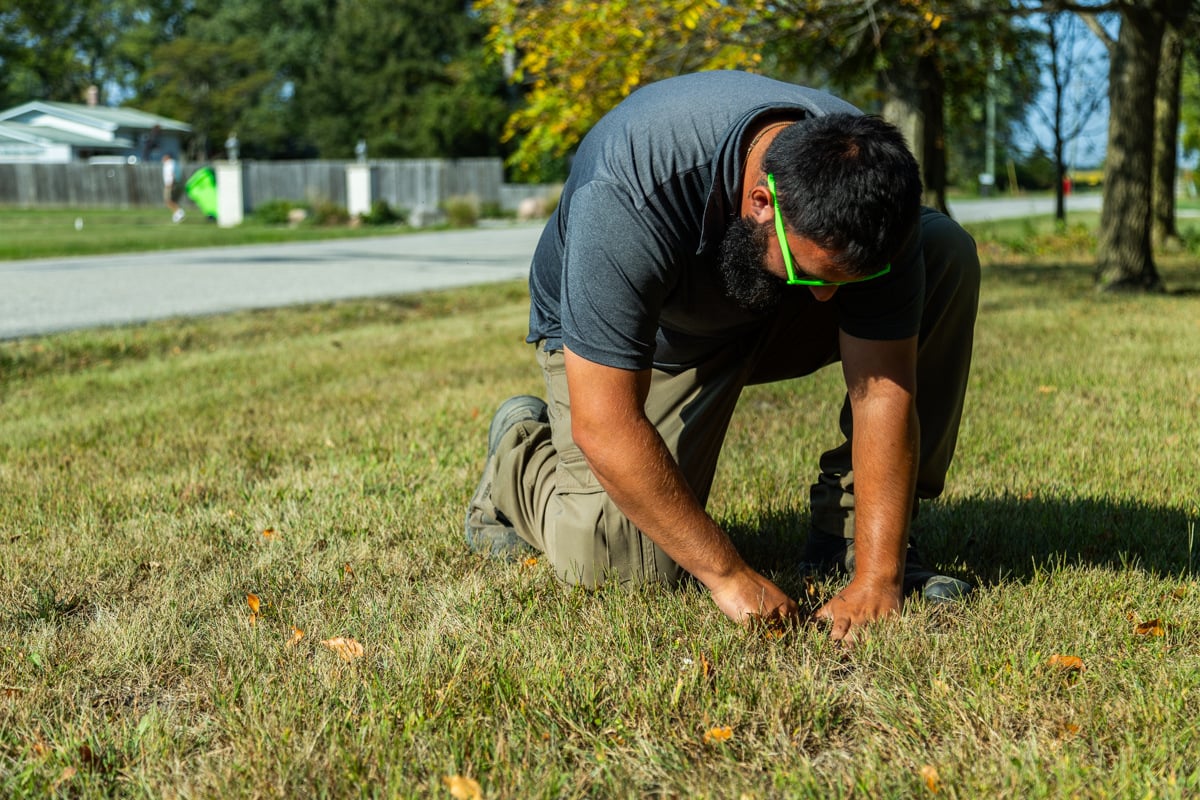 Taking these few key steps is the smartest way to winterize grass and set it up for a strong comeback when spring arrives.
Taking these few key steps is the smartest way to winterize grass and set it up for a strong comeback when spring arrives.
Even with the best intentions, a few simple DIY missteps in the fall can set your lawn back for months. Avoid these common mistakes to keep your grass healthy and ready for winter:
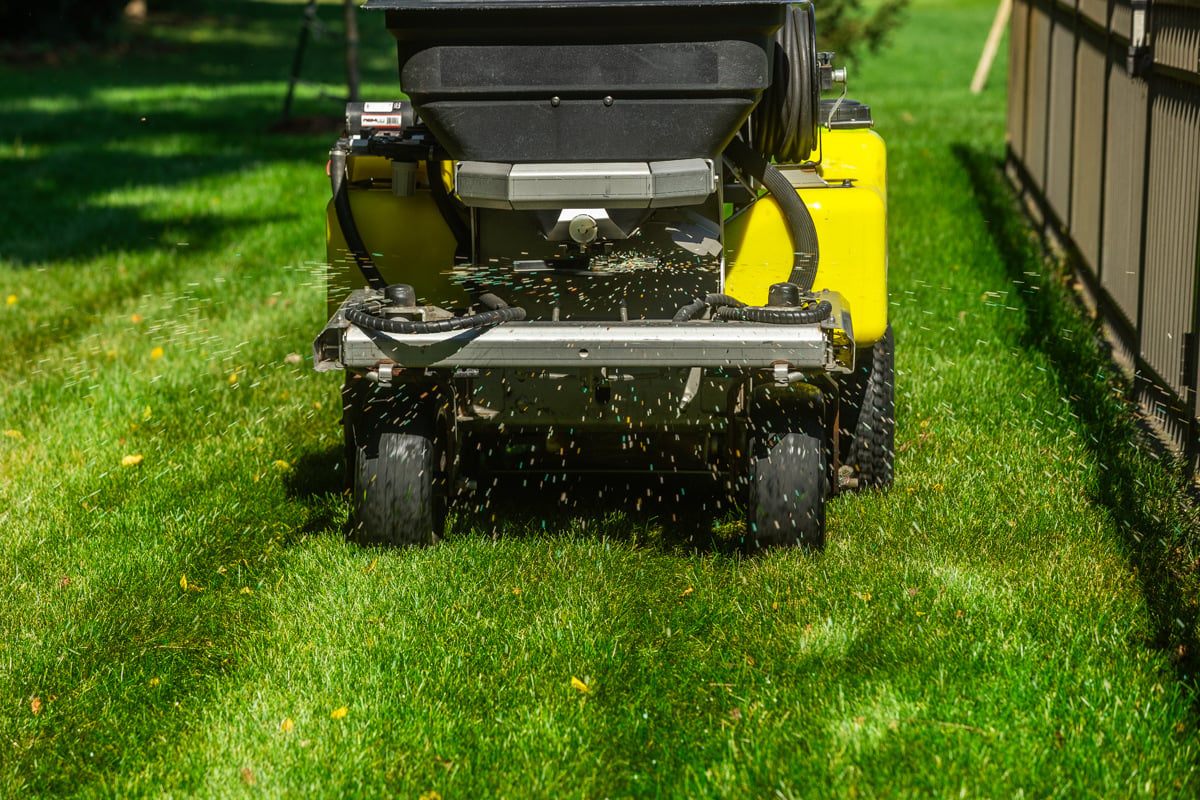
Preparing your lawn for winter may feel like another task on an already full fall to-do list, but it truly sets the stage for how your grass will look next season. From fertilizing at the right time to clearing away leaves and tackling weeds, each step plays a key role in helping your lawn stay healthy through the cold months and come back strong in the spring.
At Shades of Green, our team knows exactly how to treat Indiana lawns for lasting results. We focus on using the right products, applied at the right time, and tailored to our area’s specific needs.
Want your lawn to shine next spring? Get started today with a lawn program backed by science by filling out our contact form.
Image Sources: leaves on lawn

Cory is the heart and soul of Shades of Green. His dedication to doing right for our customers has been the driving force behind the company's success. With a degree in Turf Science from Purdue University, Cory continually strives to craft the best treatment plans using the latest technologies and innovative products, ensuring top-notch results for every client.


